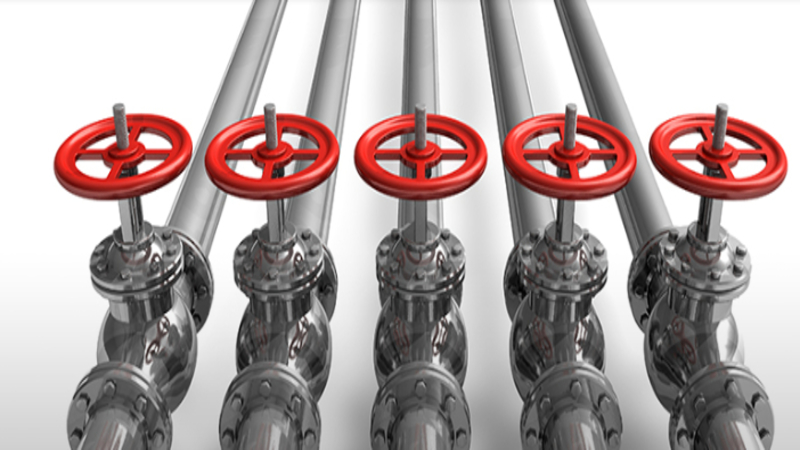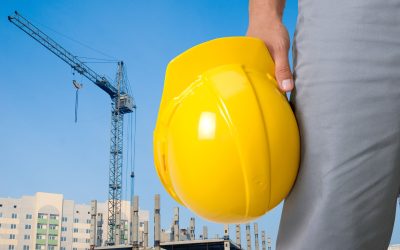Today, there are a number of different products and materials used in the design and manufacturing of vibration isolators. The two most common options are rubber or neoprene bonded to metal.
Prevents Shock
Rubber has the added benefit of also being able to isolate or block the transmission of electrical current. By using rubber vibration isolators to keep the two components from making metal to metal contact at any point in time in the operating cycle, any possibility of electrical shock throughout the system can be effectively eliminated.
This is a particularly important consideration in many different types of equipment and machinery. It is even more critical for equipment which is automatically controlled or which houses or uses sensitive computer and electronic systems.
Low Cost and High Durability
The natural properties of rubber and its low cost of production make this an ideal material for rubber vibration isolators. The rubber itself is very resistant to any type of damage, even when used in high heat or cold temperatures. It is also effective for wide temperature changes which can cause other materials to become brittle or unable to return to the original shape after compression.
With the choice of rubber vibration isolators, maintenance is extremely minimal. These isolators will last the lifetime of the equipment in most cases and will not need replacing, maintenance or repairs.
Different Configurations for Use
The low cost of purchase and installation also means OEMs can choose the right isolator for each different area of use. There are multiple different styles and types of isolates offering a wide range of protection. They can provide protection for both compression forces and shear forces on equipment, machinery, and systems.
Additionally, the choice of the different styles of isolators will also be a factor of the configuration of the equipment and the specific location where the isolator is required.



